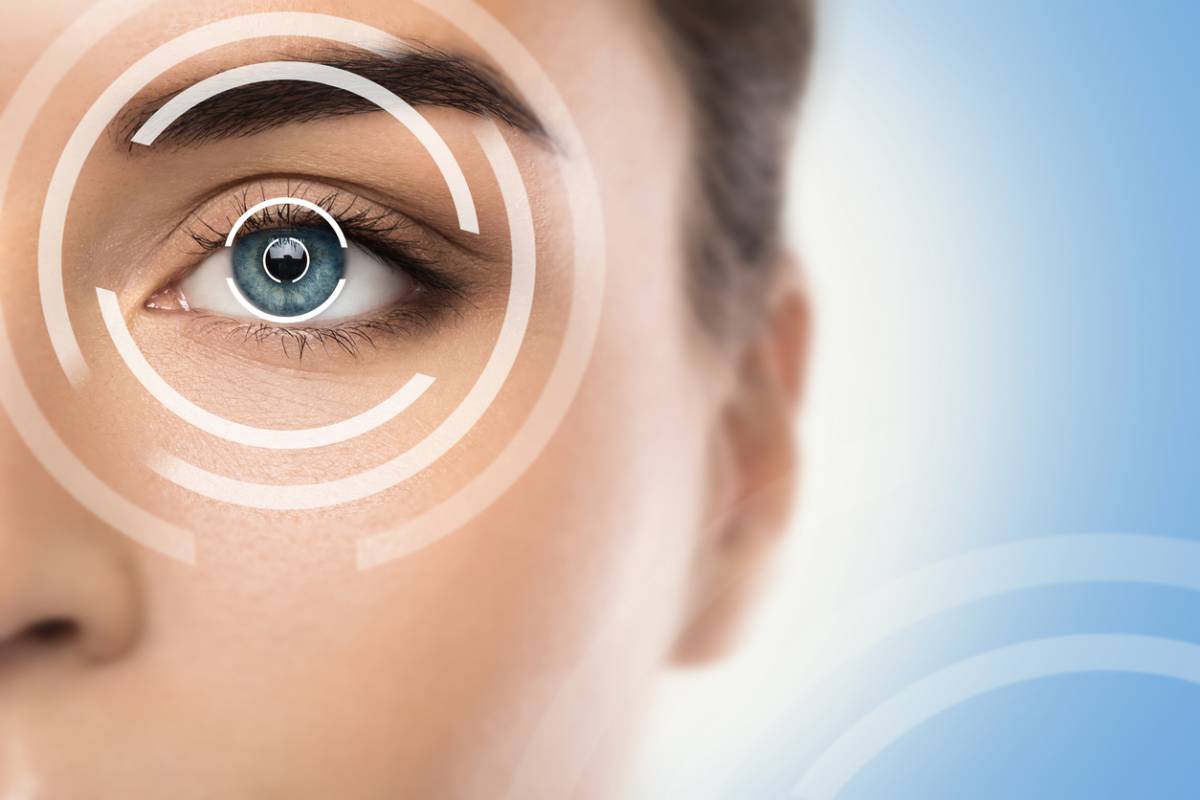While cataracts predominantly affect the elderly, it is possible for anyone to develop a cataract. In fact, a small percentage of babies are born with congenital cataracts. The good news is that cataracts before the age of 50 are rare. Only about 1% of all cataract cases occur before that threshold. However, that doesn’t mean you shouldn’t do your due diligence if you suspect that you may have early cataracts. But can young people get cataracts?
Can Young People Get Cataracts?
Cataracts are typically treatable with surgery. As with all conditions requiring surgical intervention, it is best to catch the condition as early as possible. By visiting your eye doctor every year and watching for any inconsistencies in the appearance of your eyes or your vision, you will have a much better chance of finding a cataract in its earliest stages.
What to Look For
Cataracts can sneak up on you, so it’s important to pay attention to subtle changes in your vision. You should consider making an appointment with your Orange County eye surgeon if you notice any of these early signs:
- Clouded vision, which may also appear slightly blurred or dimmed.
- Worsening night vision
- Light sensitivity
- Seeing a “halo” around bright lights, may also be a side effect of astigmatism
- Changes in your color vision
- Double vision through a single eye
At this point the cataract may be small, and you may not notice visible clouding of your eye. That does not mean your symptoms can be ignored. Cataracts will spread, and sometimes they spread more quickly than expected. If you suspect you may have a cataract, you should make an appointment with your eye doctor immediately.
Diagnosing Cataracts
When you visit your eye doctor and express your concerns, they will have to do a number of tests to accurately determine whether you have cataracts. There are four primary tests, and you may or may not have to undergo several of them to create a clear diagnosis. They include:
- A visual acuity test to assess your general vision: During this test, your doctor is trying to determine whether there has been a major fluctuation in your visual acuity. For example, if your prescription changes substantially that could indicate a cataract.
- A slit lamp examination to study the physical structures at the front of your eye: This test uses concentrated light to take a closer look at your cornea, iris, and lens. By looking at these structures in small sections, your doctor is more likely to detect abnormalities.
- A retinal exam to study the physical structures at the back of your eye: A retinal exam is very similar to a slit lamp examination with one major difference. Before they start looking into your eye, they will use specialized drops to dilate your eyes, opening your pupils. This makes it much easier to see into the back of your eye.
- Applanation tonometry to measure pressure in your eyes. This test is used to detect cataracts as well as glaucoma.
If one or more of these tests indicates the presence of a cataract, then you will be referred to your local eye surgeon for cataract surgery in Orange County.
Treating Cataracts
Cataract surgery is not always immediately required. As long as they aren’t affecting your quality of life, you may choose to put it off if you wish. However, you should know that you will likely need the surgery eventually, especially if you’re younger. You should also know that the cataract may spread more quickly if you have diabetes or high blood pressure.
The surgery itself is routine. As long as you are working with a qualified eye surgeon, there are few risks involved, and they tend to be rare. Ultimately, the surgery is fairly simple for your surgeon. They remove the clouded lens and replace it with an artificial lens. Your eye(s) will be numbed for the procedure, but you will likely be awake and allowed to go home that same day.

